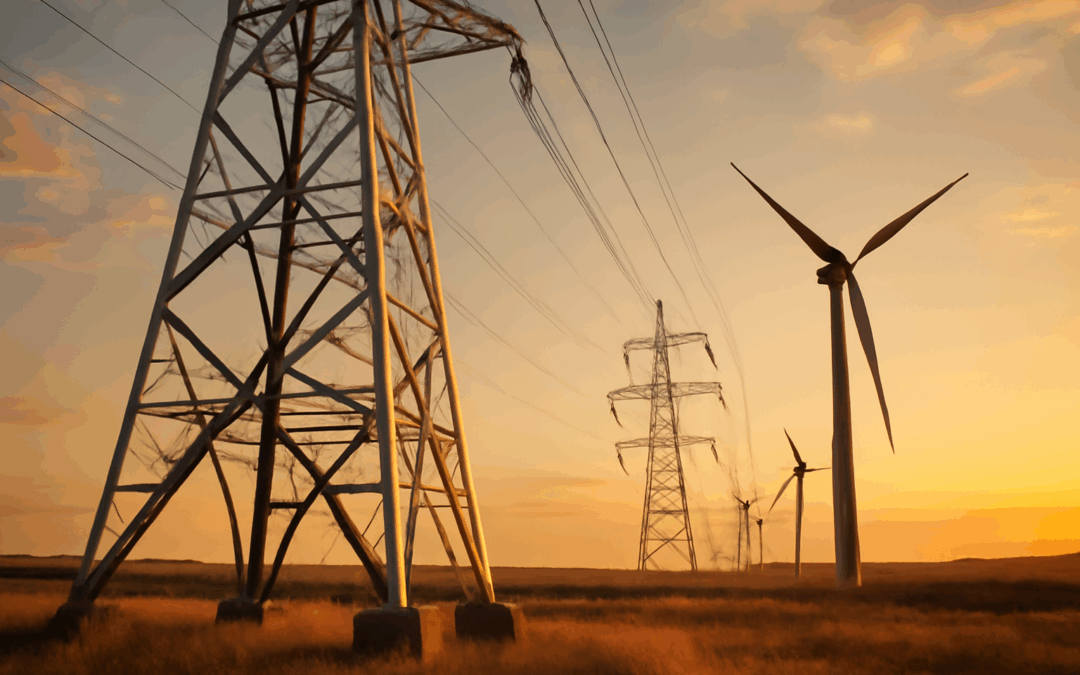Against the backdrop of increasing global energy demand and the urgent need to decarbonize, the Spanish Wind Energy Association (AEE) has published a document providing essential technical context and clarity on the debate surrounding the blackout on April 28th, particularly focusing on the crucial role of renewable energies in the stability of the electricity system.
The document offers a straightforward yet rigorous explanation of wind power’s characteristics. It highlights how Spain’s more than 1,300 operational wind farms contribute significantly to grid stability, moving beyond mere energy generation. A key point emphasized is the high precision with which wind production can be forecasted, boasting accuracy exceeding 95%, a vital capability for grid management. Furthermore, the report delves into the critical function of the rotor’s inertia during challenging grid events like voltage drops or demand peaks, acting as a stabilizing force. According to representatives from AEE, “This report underscores the evolution of wind power from a variable source to a reliable contributor to system resilience, showcasing the sector’s commitment to grid integration.” The publication also shines a light on the constant technological advancements, such as grid forming capabilities and hybridization with battery storage, which are enabling wind power to emulate the grid-stabilizing characteristics traditionally associated with synchronous power plants. This evolution is particularly relevant in the context of broader trends like the integration of offshore wind and the potential for green hydrogen production linked to renewable assets, where stable and predictable generation is paramount.
Connecting the dots, the robust contribution of wind energy to grid stability directly supports the achievement of Sustainable Development Goal 7 (Affordable and Clean Energy) by ensuring reliable energy supply alongside increased renewable penetration. Simultaneously, by displacing fossil fuel sources, wind power makes substantial strides towards SDG 13 (Climate Action), effectively reducing CO2 emissions equivalent to taking millions of cars off the road annually or planting vast forests.
As grid requirements evolve alongside the energy transition, how will renewable technologies continue to innovate to become not just energy suppliers, but cornerstones of system reliability?
Did you know we have courses related to this?
Ver curso GWO Formación Básica en Seguridad
Ver curso GWO Formación Técnica Básica
